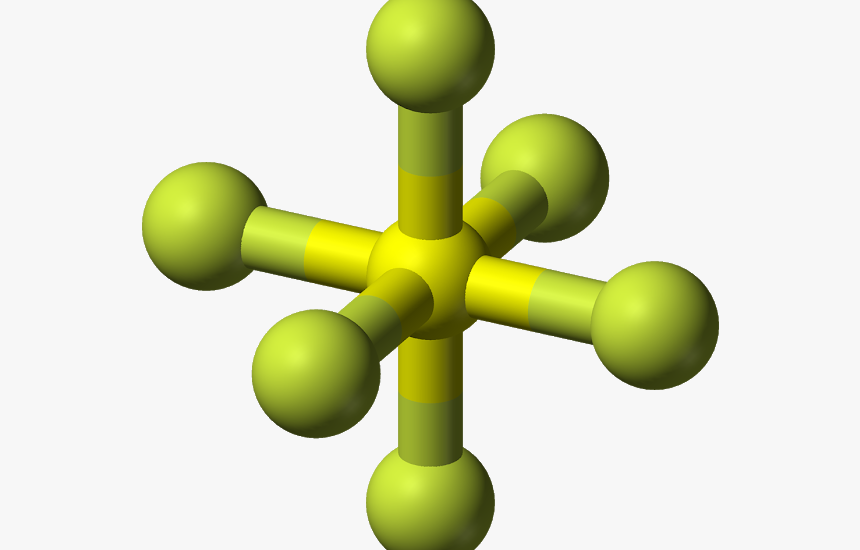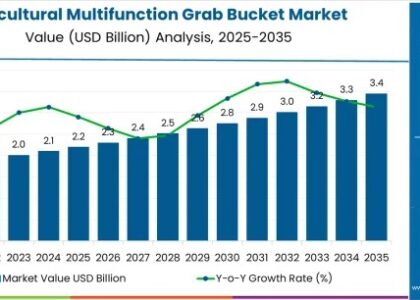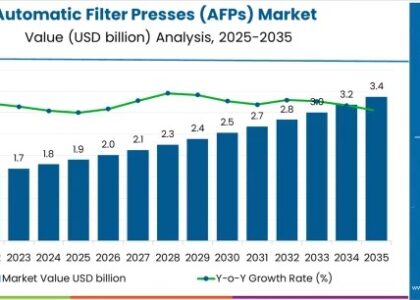The sulphur hexafluoride, commonly referred to as SF6, is a colorless, odorless, and non-flammable gas widely used in high-voltage electrical systems. Due to its exceptional dielectric strength and arc-quenching properties, SF6 has become the industry standard for gas-insulated switchgear (GIS), circuit breakers, and substations. However, despite its technical benefits, SF6 has drawn growing scrutiny due to its extremely high global warming potential (GWP). With a GWP 23,500 times higher than CO2 and an atmospheric lifespan of over 3,000 years, even small emissions have a long-term environmental impact. As global decarbonization efforts intensify, the SF6 market is at a crossroads — and recycling may offer a strategic bridge to a greener energy infrastructure.
Request Report Sample: https://www.futuremarketinsights.com/reports/sample/rep-gb-11173
Current Market Landscape and Demand Dynamics
The sulphur hexafluoride market is valued for its indispensable role in ensuring the safety and reliability of power transmission and distribution networks. Countries like the United States, Germany, China, and Japan are among the largest consumers of SF6, driven by their investment in smart grid infrastructure and renewable energy integration. The market demand is closely linked to the expansion of high-voltage equipment and growing electrification trends. According to recent studies, the global SF6 gas market is projected to grow steadily due to its established application in transmission systems, especially in rapidly industrializing regions.
Yet this growth is occurring against a backdrop of tightening environmental regulations. The European Union’s F-Gas Regulation and the Kigali Amendment to the Montreal Protocol have highlighted the environmental risks posed by fluorinated gases like SF6. Several countries have either introduced or proposed bans and restrictions on new SF6-based installations, prompting manufacturers to look for alternative technologies and mitigation strategies.
The Environmental Problem No One Sees
One of the key challenges facing the SF6 market is that, although emissions are relatively low in absolute terms, they are largely invisible, hard to detect, and persistent in the atmosphere. As older GIS units begin to age and leak, the cumulative environmental impact becomes more significant. Utilities face not only regulatory penalties but also reputational risks if they fail to address SF6 leakage.
The environmental debate often centers on replacement gases, but an equally important and under-discussed solution is the systematic recovery, purification, and reuse of SF6 from decommissioned or refurbished equipment. SF6 recycling has the potential to significantly reduce the need for virgin gas production, cut down on emissions, and align utility operations with environmental goals.
Browse the Complete Report: https://www.futuremarketinsights.com/reports/sodium-silicate-market
Breakthroughs in SF6 Recovery and Reuse
The technology to recover and recycle sulphur hexafluoride is not new, but recent innovations have made it far more efficient, scalable, and cost-effective. Advanced gas handling systems now enable complete evacuation of SF6 from insulated equipment, followed by purification using filtration and molecular sieving techniques. The recycled gas is then tested for moisture content, acidity, and particle contamination before being reintroduced into the equipment lifecycle.
Many original equipment manufacturers (OEMs) and service providers have begun offering turnkey SF6 recycling solutions, including mobile recovery units and centralized purification hubs. These efforts are supported by industry standards such as IEC 60480, which outlines the reuse criteria for recovered SF6. In countries like Germany and South Korea, national utilities have adopted recycling programs that have diverted tons of SF6 from entering the atmosphere.
The operational benefits of recycling are clear. Utilities can reduce the cost of gas purchases, avoid carbon offset fees, and ensure compliance with government mandates. For OEMs, offering recycling services provides a competitive edge in a market that is increasingly scrutinized for its environmental footprint.
Key Industry Actions Driving Recovery and Sustainability
Several global leaders in the power equipment industry are actively driving SF6 sustainability through recycling and innovation:
- Siemens Energy has launched pilot projects in Europe that combine SF6-free switchgear with on-site recovery systems to reduce lifecycle emissions.
- Hitachi Energy has invested in Eco-efficient technologies, but also continues to offer SF6 recycling services for existing infrastructure.
- GE Grid Solutions is developing high-voltage SF6 alternatives based on a new gas blend, while also participating in industry alliances for improved recovery infrastructure.
These initiatives are being mirrored by utility firms, such as National Grid in the UK and PG&E in California, which are working to enhance accountability and transparency in SF6 usage.
Inorganic Chemicals Industry Overview: https://www.futuremarketinsights.com/industry-analysis/inorganic-chemicals
A Transition Market, Not an Exit Market
While there is increasing momentum behind alternatives such as g3 gas and vacuum-interruption technologies, the complete phase-out of SF6 will take years, if not decades. Most of the installed high-voltage equipment today still relies on SF6, and replacing it involves significant capital investment and engineering challenges. In this context, SF6 recycling offers an immediate, low-barrier solution that bridges the transition to more sustainable technologies.
The sulphur hexafluoride market is therefore best understood as being in a state of transformation. Recovery and recycling are no longer optional but essential components of corporate responsibility and regulatory compliance. By capturing the value of SF6 already in use and reducing emissions from legacy systems, the industry can meet both operational and environmental targets without compromising reliability.
Future Outlook: Regulation and Innovation to Shape Market Growth
Looking ahead, the trajectory of the SF6 market will be shaped by a combination of regulatory pressure, customer expectations, and technical advancements. Nations focused on achieving net-zero emissions are likely to mandate SF6 reporting and leakage caps, further driving demand for recovery infrastructure.
Meanwhile, equipment manufacturers and chemical suppliers are collaborating on the next generation of gas-insulated solutions that promise low GWP without sacrificing performance. The continued availability of SF6 recovery services will play a crucial role in supporting this shift by minimizing environmental risk and maximizing material efficiency.






